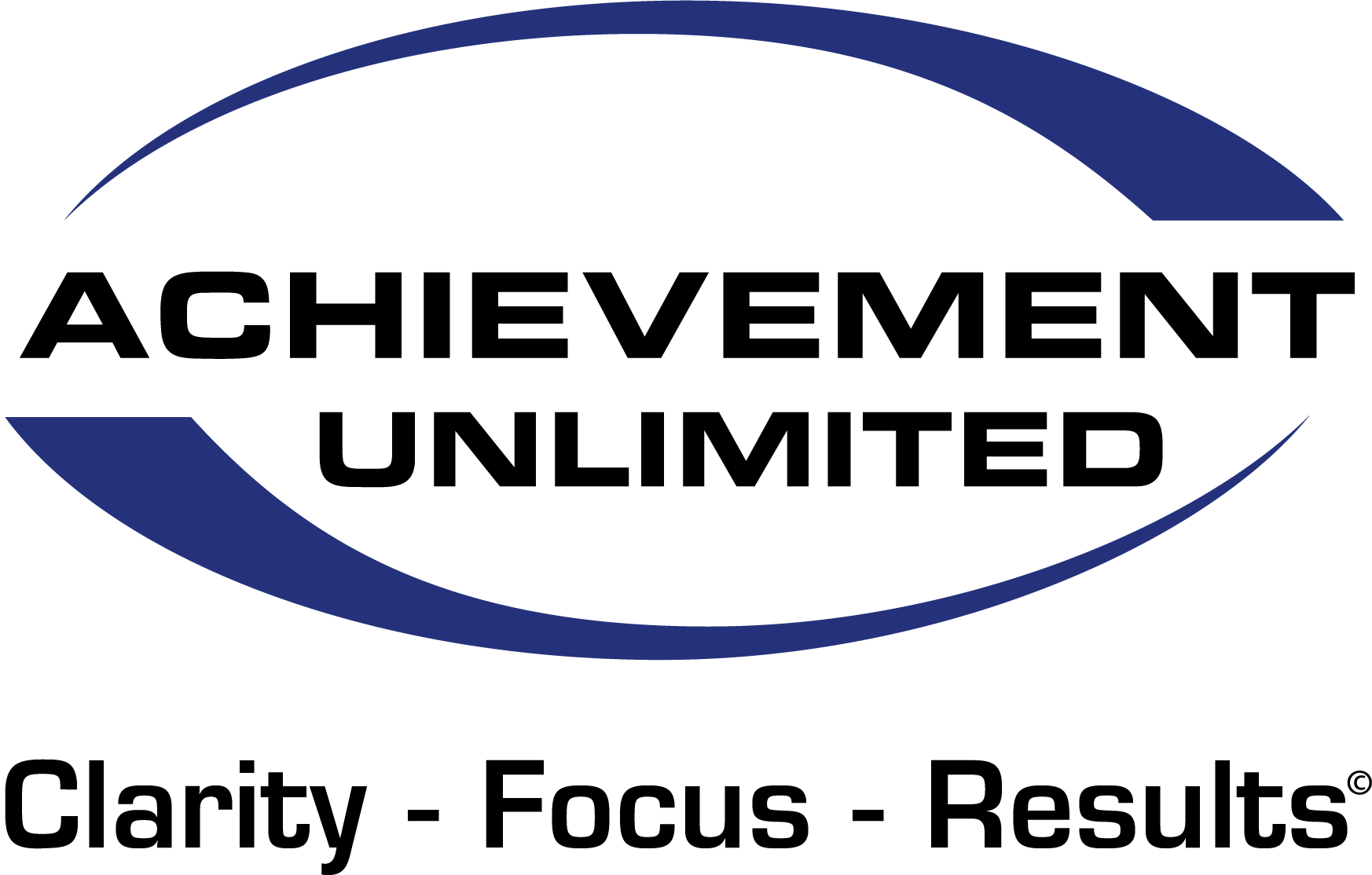5 Steps Toward Business Success

When running a small business, you face new challenges every day and your greatest resources are stretched and limited: time, effort and energy. Business leaders who want to be successful need to rise above the urgent and focus on what’s most critical: the tough, strategic decisions that will drive your business forward and grow it faster. The more your business grows the more time you need invest in real quality think time.
Are you ready to finally have the freedom you want to focus on what really matters most in your life and business? You can start by following these steps:
- Create A Strategic Plan: What is your vision and how are you going to achieve it? Without a clear vision, a well-defined purpose and a specific plan of action – you will be like a hamster on a wheel running in circles and never reaching a destination.
- Share – Involve Your Team: Inspire your team with your vision and provide them with the information they need about your plan on a consistent basis. What is their role, what are their individual goals and how are you going to support them in achieving those goals? Solicit feedback and listen to what your team is saying. You want them to know that they are valued and important and what they say matters.
- Track — Create Key Performance Indicators and monitor progress toward your goals. Remember to communicate this progress with your team.
- Execute – Meet with your team in person or remotely on a regular basis. Meetings are where you drive execution, create accountability, and identify and resolve issues that are standing in the way of success.
- Repeat — Quarterly Strategic Planning: Quarterly Strategic Planning is where you review your progress. Talk about what worked last quarter and what did not work. After evaluating the previous quarter, adjust and re-align your goals and plans if needed.
Are you ready to find clarity and have laser-like focus on your goals to get the results you want? If so, join My Fast Track Strategic Plan Challenge. Click Here for more information. +


Recent Comments